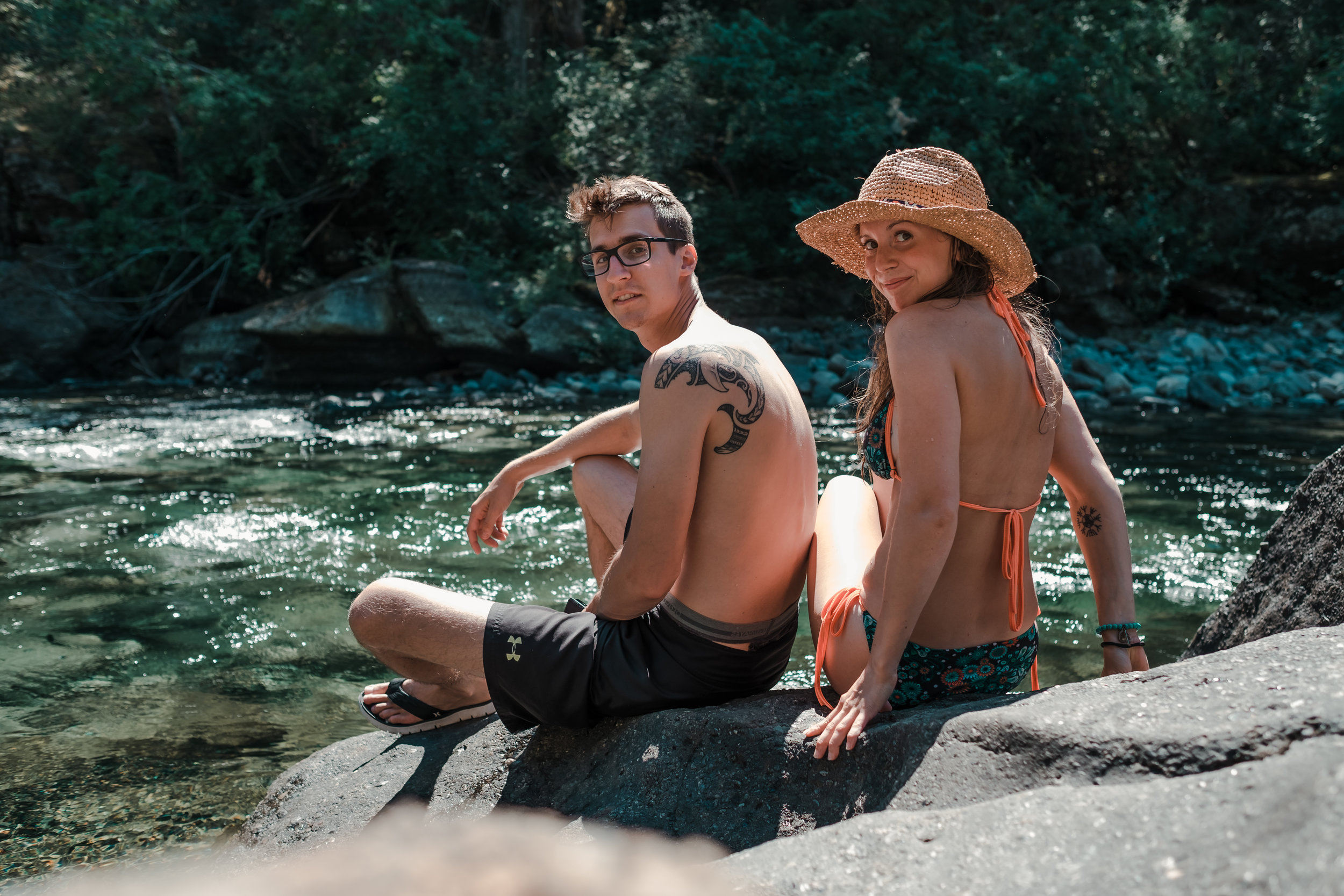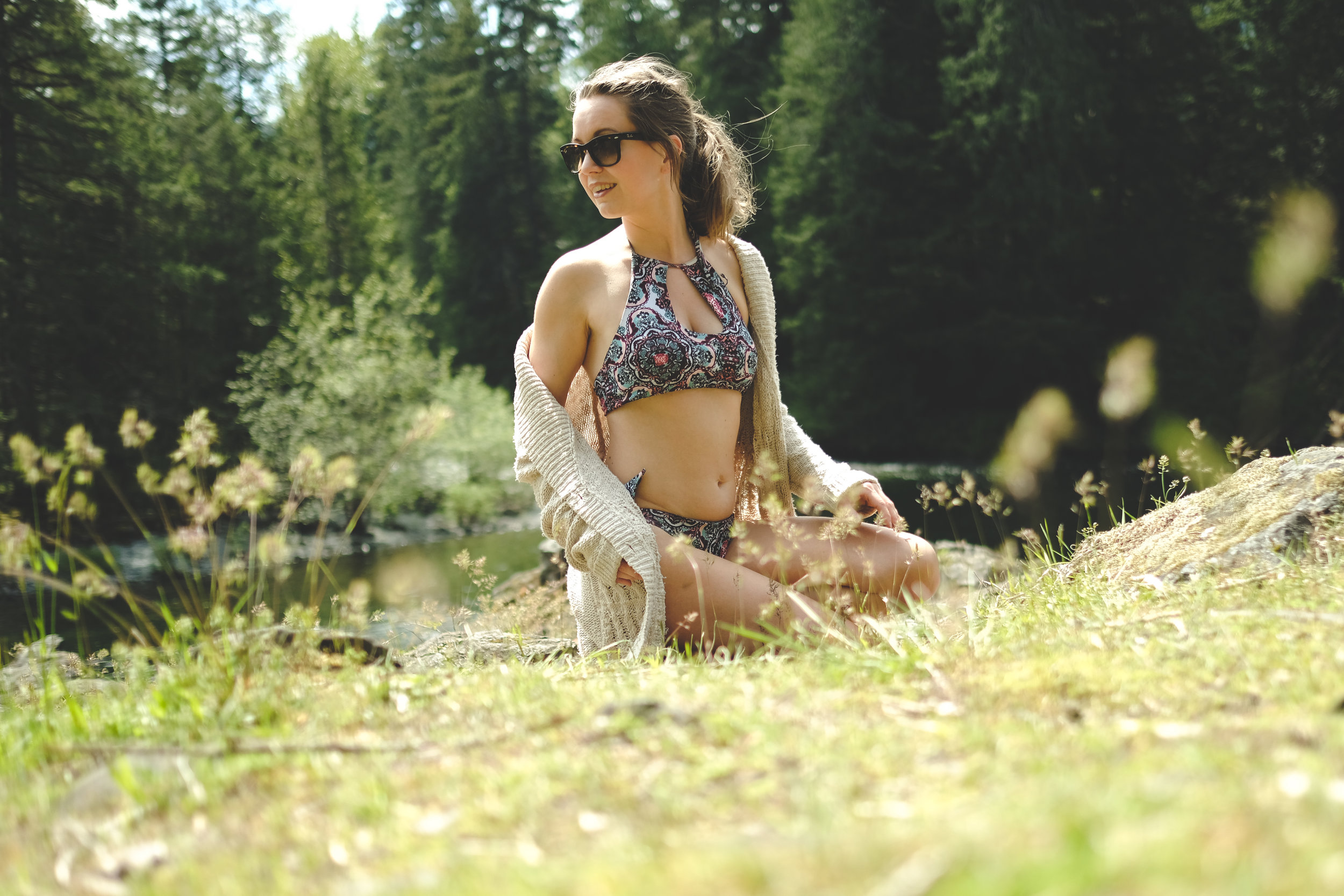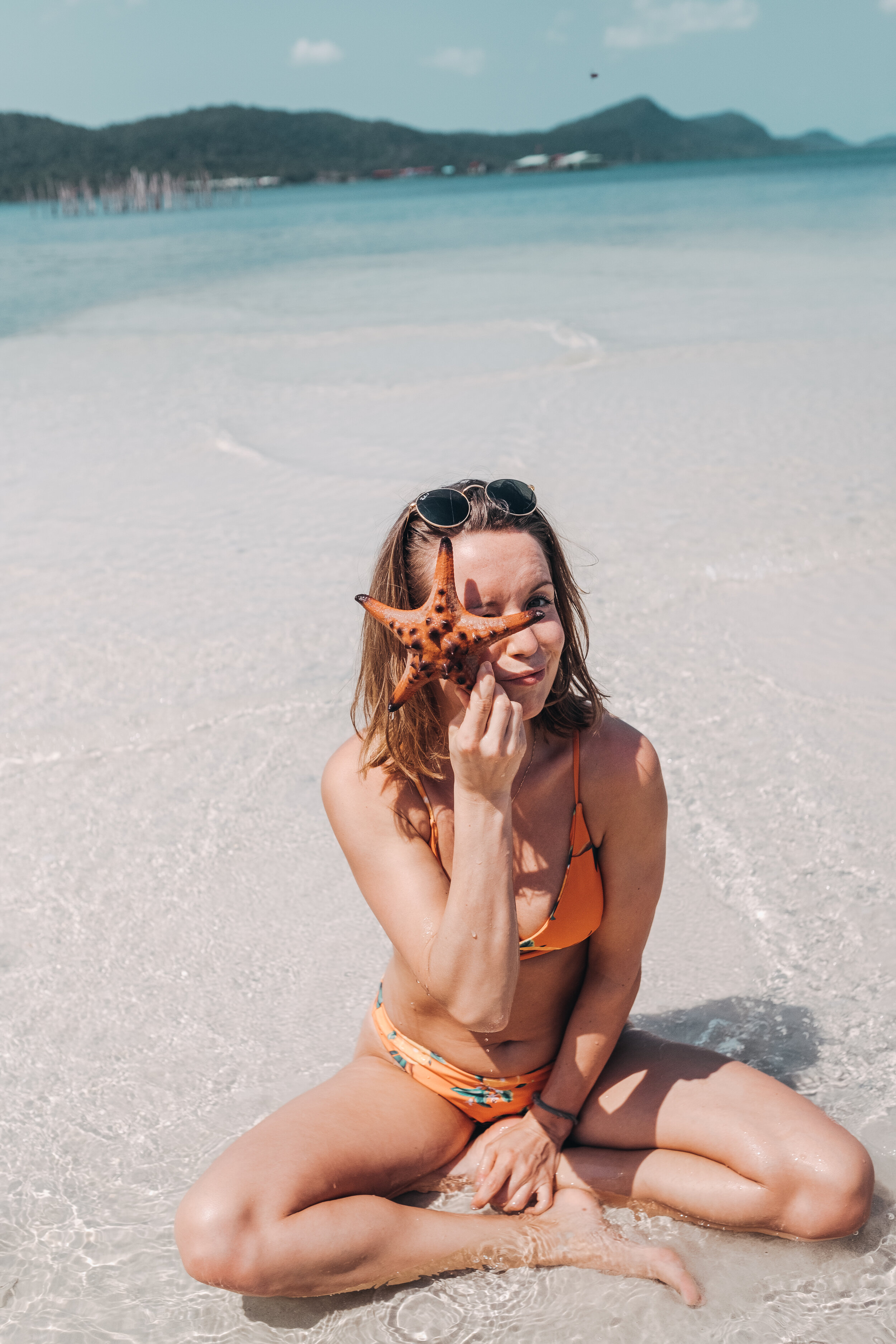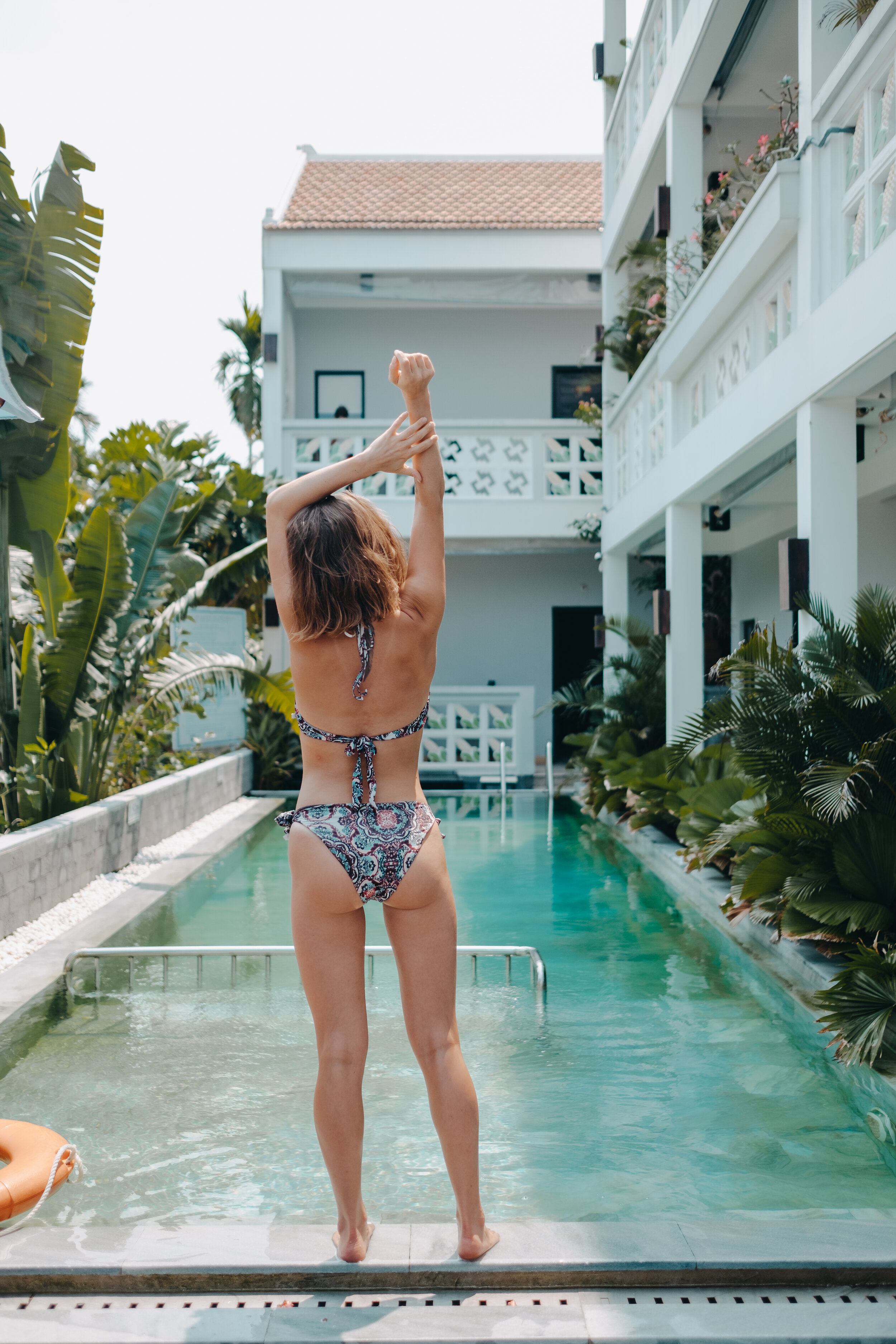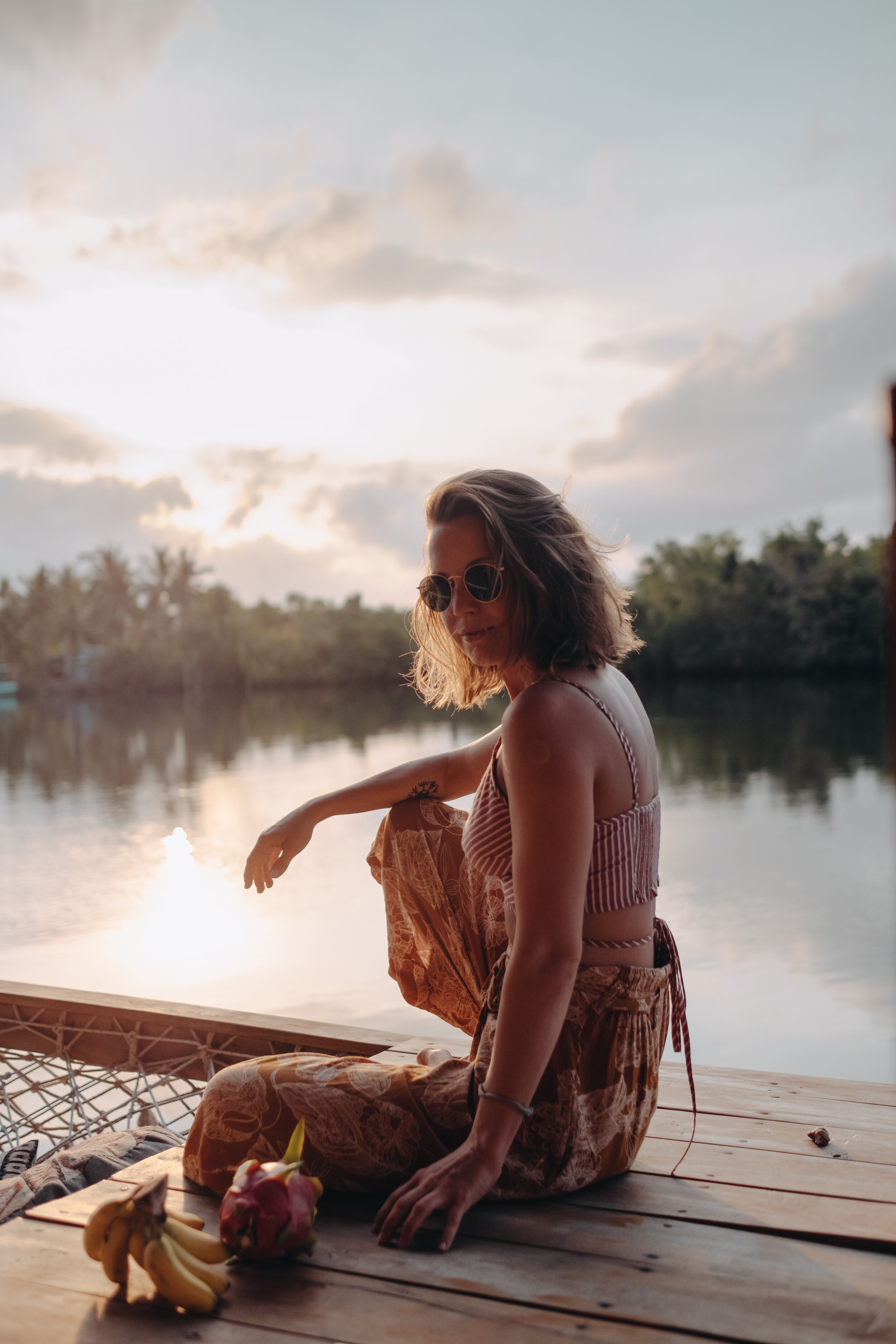The Dark Side of Sunscreens
Let it glow, Let it glow, The sun never bothered me anyway!
Spring and sunshiiine! My favourite time of the year, the air is warming up, your can smell the budding trees, modest little flowers everywhere, high-pitched bird chirps, lighter mornings, happier people, fresher foods, dandelions and fiddleheads, and obvs suntanning! It is no secret that i am an avid sun worshipper and could easily spend the rest of my days just soaking in the sun if i could. It is not common for my skin to burn but this time of year after a long and dark winter even my skin is exceptionally fair and sensitive. Which is why i wanted to touch base on a very controversial and sometimes sensitive topic:
SUNSCREEN !
Sunscreen is one of those things that we grow up using like our lives depended on it, never really questioning the reason for it. I mean why wouldn’t we?! We have all had that nasty sunburn at least once in our lives, tomato red, painful and peeling, so the only reasonable thing to do is to protect our delicate skin, right? Well, yes and no. The sunscreen business is a billion dollar industry but not all sunscreens are created equally. Some sunscreens are extremely toxic and can actually contribute to severe skin reaction, allergies, suppressed immune functions, endocrine disruption, and even skin cancer. There are 2 main types of sunscreen functions, a physical block and a chemical block.
Most natural sunscreens are physical blocks, with zinc oxide and titanium oxide as active ingredients to reflect the suns UV rays away from the skin. Kind of like you would ware microscopic mirrors all over your skin. These oxide particles are too large to be absorbed by the skin and only stays on the surface for a safe, effective sun block. Conventional sunscreens on the other hand… Conventional sunscreens often consist of one or more chemical filters that get absorbed by the skin and change the electromagnetic radiation effect, transforming the UV rays into infrared heat. This prevents the skin from burning but does not reduce the risk of basal cell carcinoma or melanoma. In fact, these chemicals actually inhibit the production of vitamin D by the skin, which increases our risk for a vitamin D deficiency, commonly linked to immune disorders, depression, and ironically enough, cancer and heart disease! Like this wasn’t bad enough, Oxybenzone, the most common sunscreen ingredient, is an endocrine disruptor that reduces spermcount in men and contribute to endometriosis in women, and was found in 96% of the American population in a recent study done by the Center for Disease Control and Prevention. Wait, it gets worse. Over 40% of 1400+ sunscreens tested by EWG (the Environmental Working Group) were listed as potentially skin cancer causing. Another very common ingredient is retinyl palmitate, a vitamin A derivative, which speeds up the growth of cancerous cells by 21%. Other toxic ingredients commonly found in sunscreens include avobenzone, octisalate, octocrylene, homosalate, octinoxate, and methylisothiazolinone, named “allergen of the year” by the American Contact Dermatitis Society.
HEALTHY WAYS TO WORSHIP THE SUN:
Use a natural sunscreen based on nourishing plant oils and butters and zinc oxide as the active ingredients. Do yourself a favour and check the ingredients list before purchasing any sunscreen products, no amount of sunblocking effect is worth the hazards some of the ingredients contains. Some of my personal favourite products that i can warmly recommend are:
If you love tanning as much as i do, organic extra virgin coconut oil is a MUST! Coconut oil not only contains a natural SPF of 10-15 (depends on the quality of the oil, the better the quality the more protective!) it also moisturizes the skin, provides important nutrients for a glowing skin, helps the skin tan better, protects the hair from drying out in the sun and water, and is the ultimate aftersun product you can possibly find. Other amazing plant oils with a natural SPF inculde red rasberry seed oil, shea butter, cocoa butter, olive oil, carrot seed oil, wheat germ oil, jojoba oil, and macadamia nut oil.
Best tanning hours are before noon and after 3pm when the UVB rays (the ones that burn the skin and make it lobster red) are not as strong. Between noon and 3pm it is wise to cover up, ware a hat, and seek shade. This is the time of the day when the sun is at its most aggressive and will cause most damage to skin cells.
HYDRATE! Being in the sun quickly overheats the body which in turn drains our fluid and electrolyte levels. If we don’t drink water we quickly become dehydrated and start experiencing the typical sun stroke symptoms of weakness, tiredness, sluggishness, headaches, lobster skin, and even nausea and dizzy spells. Water is obviously the right solution for this, but apart from that, coconut water, cucumber, and green tea are excellent rejuvenators, packed with antioxidants that protect our skin from the inside. Coconut water is also rich in potassium, which helps improve our electrolyte balance as we sweat. Cucumuber is very cooling and can even be applied to the skin as a mask at the end of a long day in the sun.
The list of sunscreens below i have personally tested and LOVE. They are completely natural and cruelty-free, super nourishing for the skin, and would be my top picks for anyone in need of a good quality sunscreen. And no, i am not in collaboration with any of these brands, i just simply love these products.


